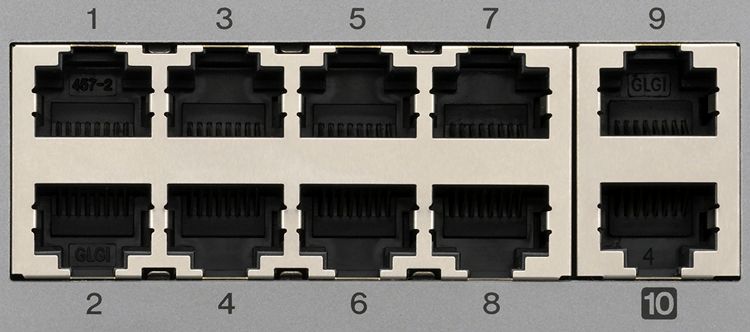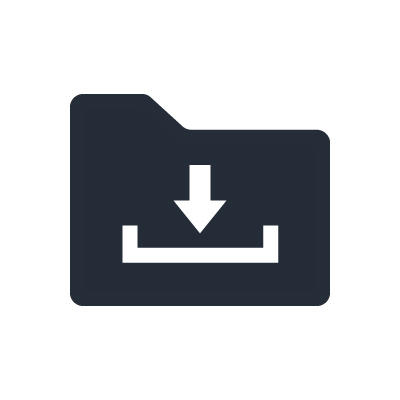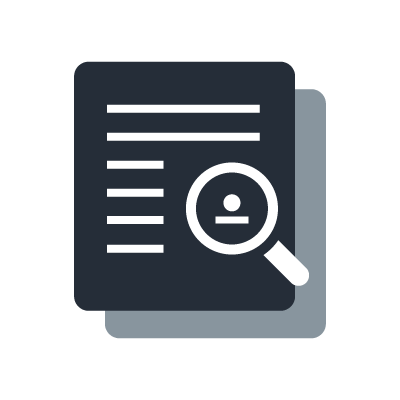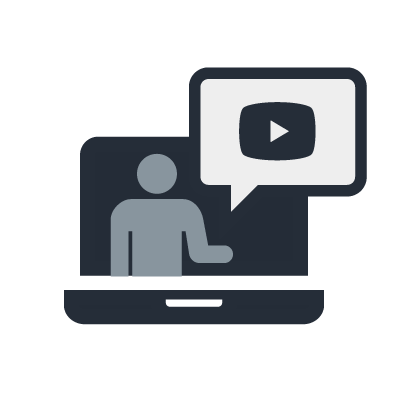DHCP

The invention of the Internet Protocol (IP) address changed the world. Devices on a network could now be labelled with a number so that they could address each other. This meant that, instead of broadcasting data to all other devices on a network, they could use an IP address to send data packets to a specific receiver.
It is possible to send a data packet as a ‘broadcast’ message, which is then sent to the entire network, travelling through all ports of all switches - occupying bandwidth at each port, processing power at each switch and receiver port. Indeed, there are cases when a packet is required to go everywhere. An example is the Precision Time Protocol (PTP) message, which is sent to the entire network to make sure all connected devices know the time. With PTP just a few packets per second are sent, so it occupies very little bandwidth and processing power.
However, in most cases a data packet has to be sent to a specific receiver. In this case a ‘unicast’ message is used, causing the switches in the system to route the packet only to the ports to which they know the intended receiver is connected. This removes the bandwidth load from all other switches and all other receivers don't have to receive the packet, which saves processing power.
In almost all cases IP addresses can be assigned to devices manually, through a user interface. This requires the user to select the IP address - checking first if the IP address in mind is not used by another device in the network. If networks grow big and include many different brands of equipment that come with their own user interface, things may get difficult to handle. This is why Ethernet includes a ‘helping protocol’: the Dynamic Host Configuration Protocol (DHCP). For DHCP to work a ‘DHCP server’ is required to be active on the network. The server can either be a software program on a computer, or functionality within a router, for example a wireless router.
If a device is set to DHCP, it goes through a sequence with the acronym DORA at power up. First it broadcasts a ‘Discover’ message to the entire network, including its unique Media Access Control (MAC) address. If a DHCP server is active on the network it will receive the discover message, reserve a free IP address and send an ‘Offer’ message back to the sender, using the sender’s the MAC address, containing the reserved IP address. The device can accept the offer by sending a ‘Request’ message to the server (or deny the offer by sending a denial message - for example if there’s more than one DHCP server on the network, something you should try to prevent). In turn, the server sends an ‘Acknowledge’ packet to the device, containing more information such as the lease time - i.e. the time for which the IP address reservation is valid.
If a device is set to DHCP, and no DHCP server is active on the network then, after a while, the device may revert to a default Automatic Private IP address (APIPA), ranging from 169.254.0.0 through 169.254.255.255. This way, the network still works.
However, some devices may not support DHCP or the user might want to have fixed IP addresses, so they know which device always has which IP address. For this reason, DHCP servers can dynamically limit the range of IP addresses they allocate. For example, in a class C network - which has 255 IP addresses to allocate - a range from 101 to 255 can be selected to be allocated through DHCP. This leaves the range from 1 to 100 unaffected by the DHCP process; they can be used for fixed IP.
Usually, a user can log into the router using a web browser and, amongst many other things, set the DHCP range. For older routers it may be worth checking the ‘pool size’ - the maximum number of devices the DHCP process in the router can handle. If the pool size is lower than the number of devices in the network, it would be a good idea to increase the pool size. If Dante devices are used in a network without a DHCP server, they will default to using a ‘zero-configuration’ IP address in the ‘Class B’ range of 169.254.*.* (where each Dante device is given a unique last set of numbers). This allows over 65,000 devices to share the network. When there can be that many devices to set up, it’s just as well each address does not need to be set manually. Furthermore, with Dante, the user never needs to know the device’s exact IP address - all audio related management is handled using device names and channel numbers or names. It’s always easier to remember a street name than a zip code!





